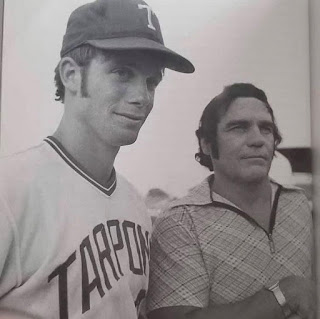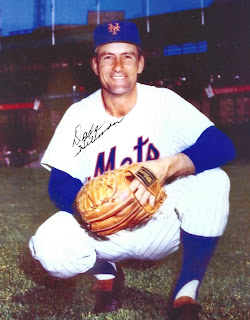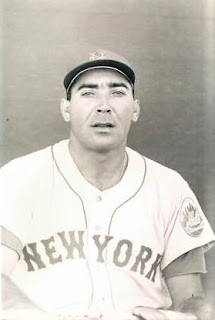Fred Valentine, former major league outfielder with the Washington Senators and Baltimore Orioles, died December 26, 2022 in Washington D.C. He was 87.
Valentine grew up in Memphis, Tennessee, where he excelled at Booker T. Washington High School in both baseball and football. A star quarterback and shortstop, he drew interest from multiple major league organizations out of high school; however, he decided to pursue his education at Tennessee A+I (now Tennessee State University).
At his college football coach's behest, Valentine chose to sign with the Baltimore Orioles in 1956, despite offers from NFL teams.
Like many Black players in his era, Valentine endured Jim Crow segregation in the South while playing in places like Wilson, North Carolina. Minor leaguers frequently received gifts from local businesses for stellar play. When Valentine went to collect his rewards, he was instantly reminded of the inequities he was fighting to escape.
"When I won something," Valentine said in Bob Luke's Integrating the Orioles, "which I did often, I couldn't go in the front door. I'd have to go around back. If it was a meal, they'd box it up for me."
Valentine persisted in the minors, receiving a call-up to Baltimore in 1959. He joined a select group of major leaguers who played through MLBs first decade of integration. His time with Baltimore was short-lived, as he spent the next four seasons at AAA trying to work his way back to the big time.
He caught his big break in 1964 when the Senators purchased his contract from the Orioles. Valentine's hustling spirit drew manager Gil Hodges' favor, something that resonated with Valentine over 50 years later when discussing his late manager.
“The biggest thing I remember from Gil was that when I came [to] spring training, the only thing he asked was for 100 percent," Valentine said in 2018. "Regardless of how the game turned out, he just wanted a hundred percent from his players, and I always felt I didn't have any problems with that. He was going to give me an opportunity to play, and I told him I was going to give him a 110 percent, and I think I did.”
Valentine played with the Senators through 1968, even earning MVP votes in 1966. A midseason trade returned Valentine to the Orioles to finish his major league career. He played one more season in the minors in 1969 and then spent the 1970 season playing for the Hanshin Tigers in Japan.
In retirement, Valentine worked with a group of former major leaguers to establish the Major League Baseball Players Alumni Association in 1982. He remained active in many charities, including the Firefighters Charitable Foundation, where he was an annual guest at their dinners and golf outings.




.jpg)
